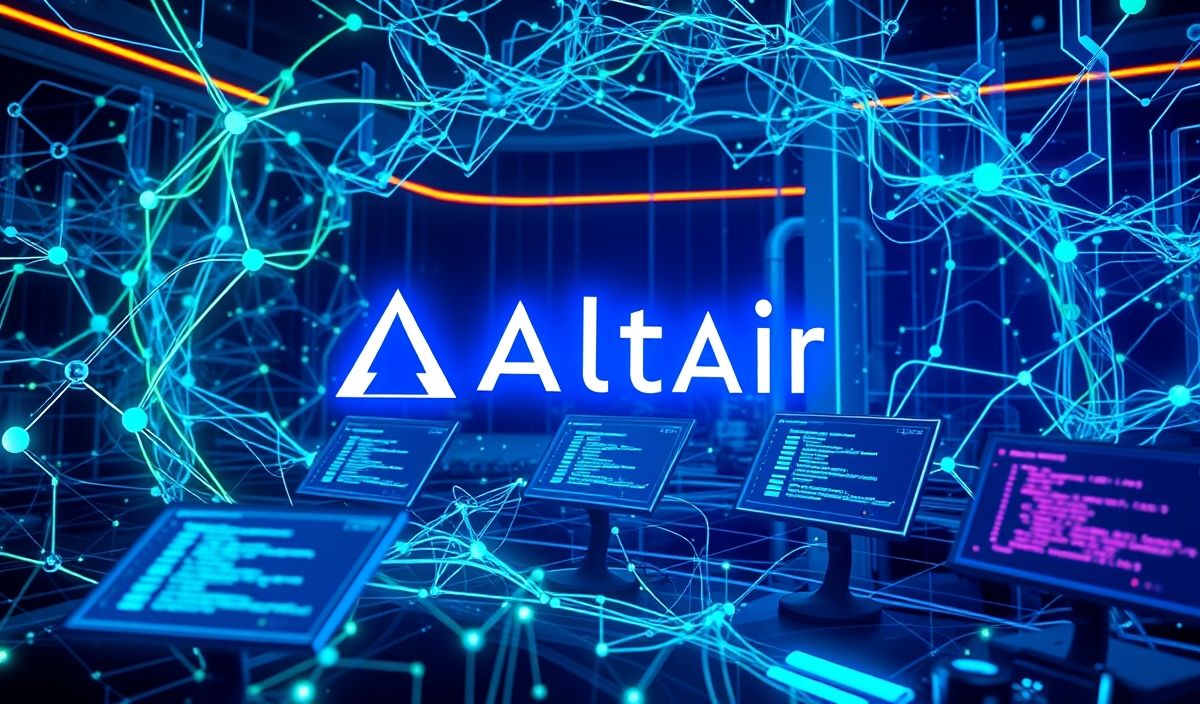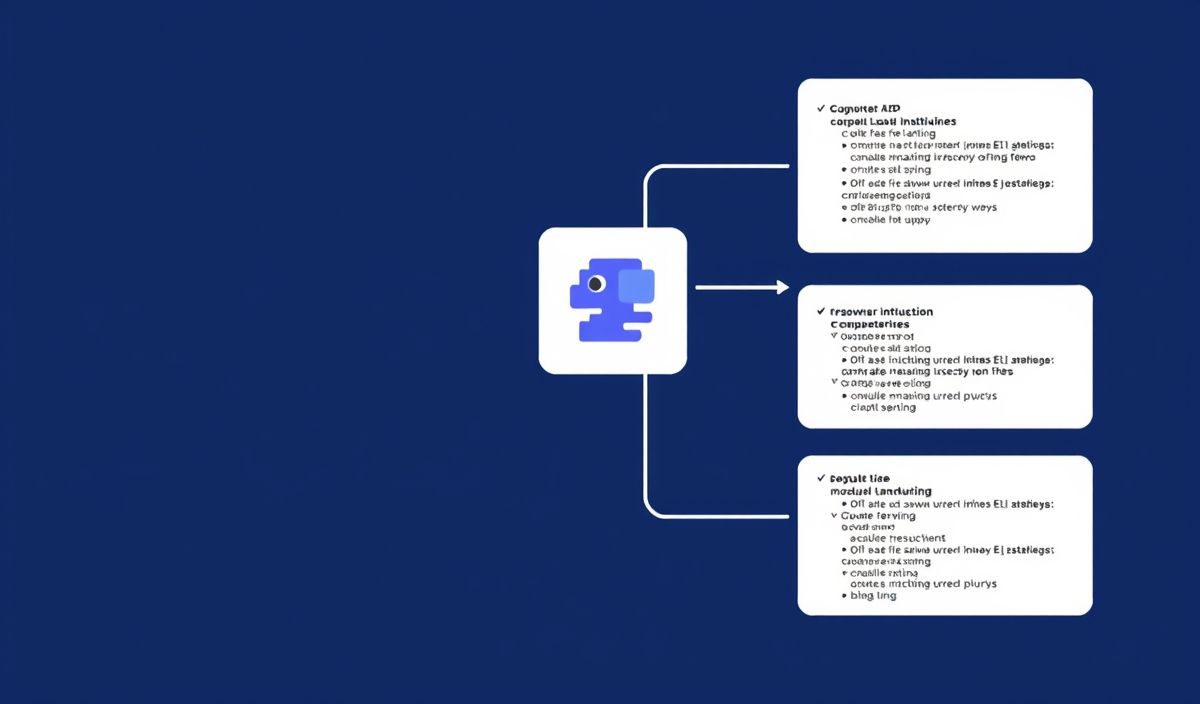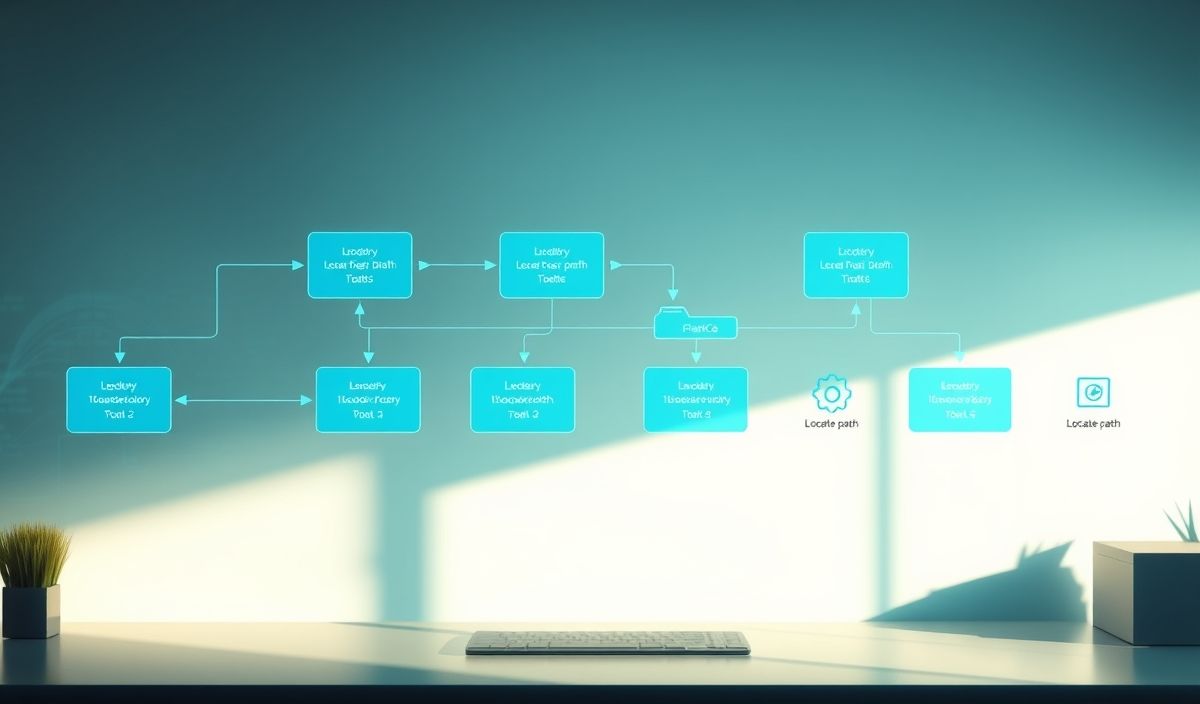Welcome to Altair GraphQL: A Comprehensive Guide
Altair GraphQL is a powerful GraphQL client that helps you test and build your APIs. It offers several features that make it easier to manage your GraphQL queries, mutations, subscriptions, and more. In this blog post, we’ll introduce you to Altair GraphQL and go over some useful APIs with corresponding code snippets. We’ll also provide an app example utilizing the introduced APIs.
Getting Started with Altair GraphQL
To start using Altair GraphQL, you need to install it. You can add Altair GraphQL as a browser extension from the Chrome Web Store or download the desktop application from the official Altair GraphQL website.
API Examples
Executing Queries
Queries in GraphQL allow you to fetch data. Below is an example of how to execute a simple query using Altair GraphQL:
const getPostsQuery = `
query {
posts {
id
title
content
}
}
`
Executing Mutations
Mutations allow you to modify data on the server. Here’s an example of how to create a new post:
const createPostMutation = `
mutation {
createPost(input: { title: "New Post", content: "This is the content of the new post" }) {
id
title
content
}
}
`
Handling Subscriptions
Subscriptions are used for real-time updates. Below is an example of a subscription to get notified about new posts:
const newPostSubscription = `
subscription {
newPost {
id
title
content
}
}
`
App Example
Let’s create a simple blog app that uses the above APIs:
const { ApolloClient, InMemoryCache, gql } = require('@apollo/client');
const client = new ApolloClient({
uri: 'https://your-graphql-endpoint.com/graphql',
cache: new InMemoryCache()
});
// Fetch posts
client.query({
query: gql`
query {
posts {
id
title
content
}
}`
}).then(result => console.log(result.data));
// Create a new post
client.mutate({
mutation: gql`
mutation {
createPost(input: { title: "New Post", content: "This is the content of the new post" }) {
id
title
content
}
}`
}).then(result => console.log(result.data));
// Subscribe to new posts
client.subscribe({
query: gql`
subscription {
newPost {
id
title
content
}
}`
}).subscribe({
next(data) {
console.log(data);
}
});
With these examples, you can harness the power of Altair GraphQL for efficient API management and real-time data handling. We hope this guide helps you get started with your projects.
Hash: 0e4745ea18dcb366b7e97d3c3ea48e85027f1e5685d2d65ce5af188c2fc3d67b




